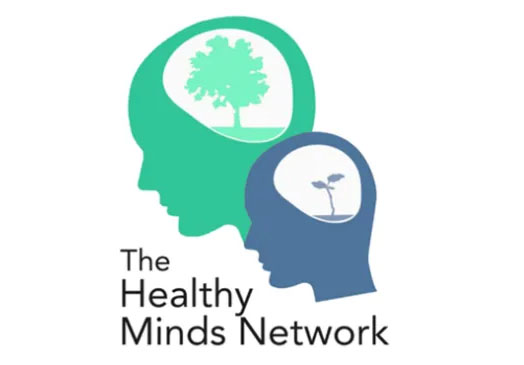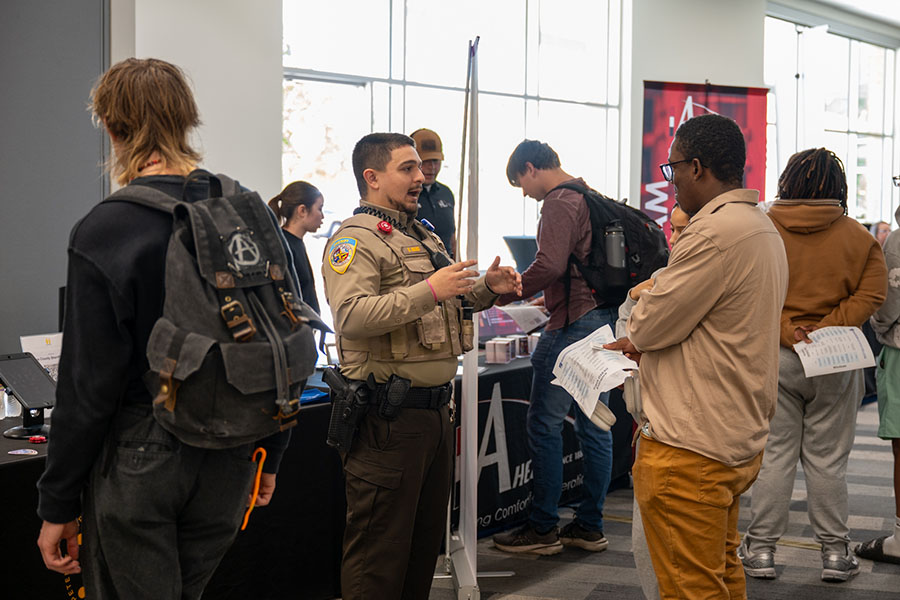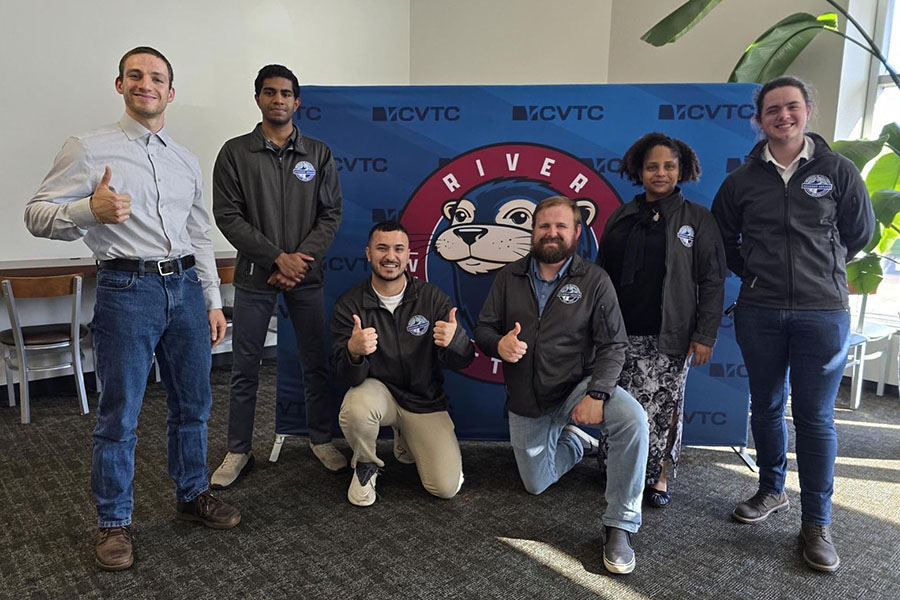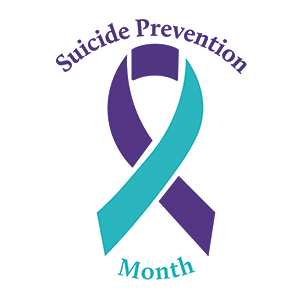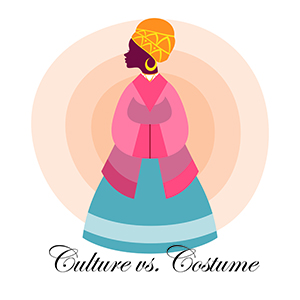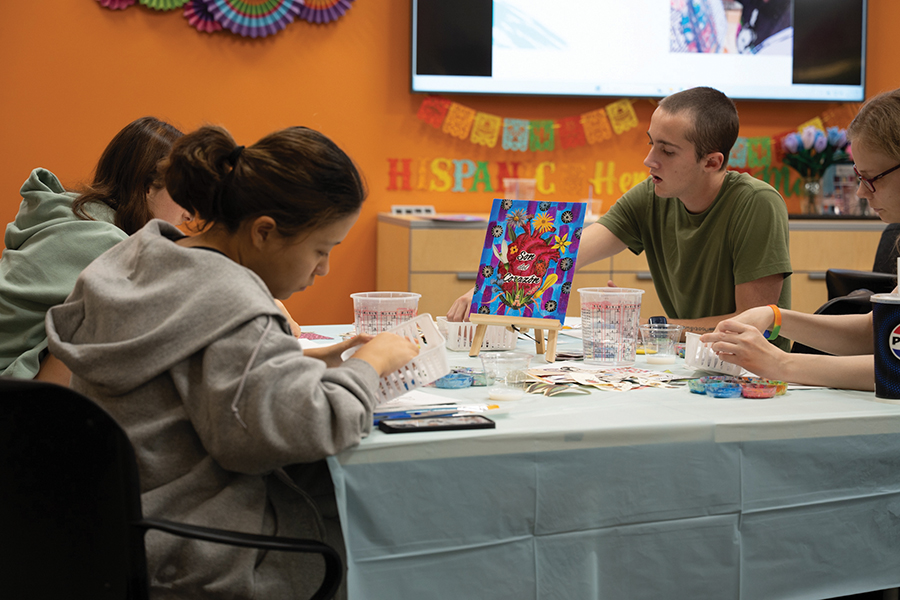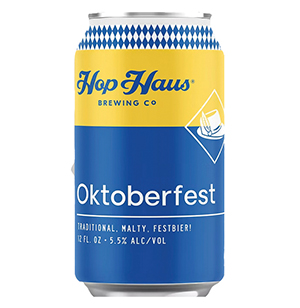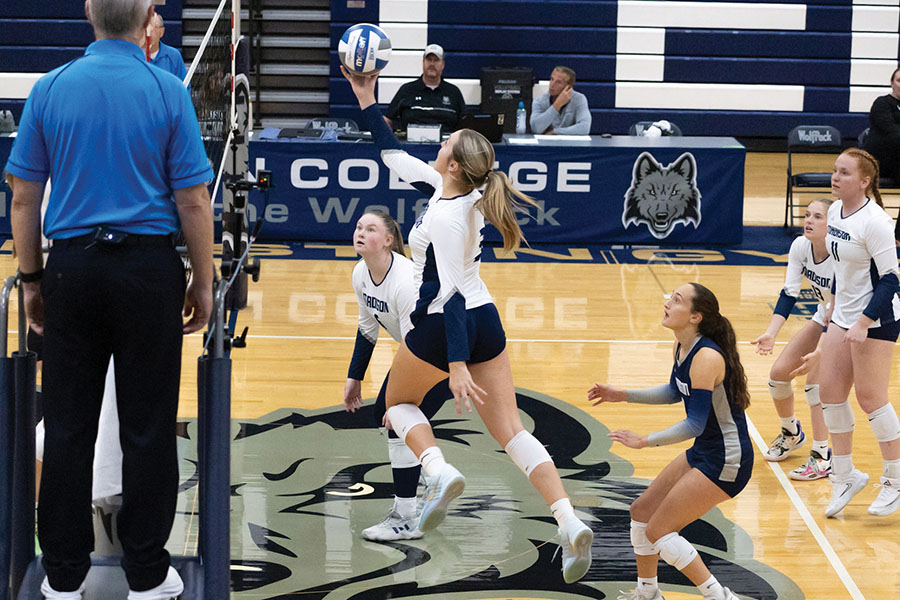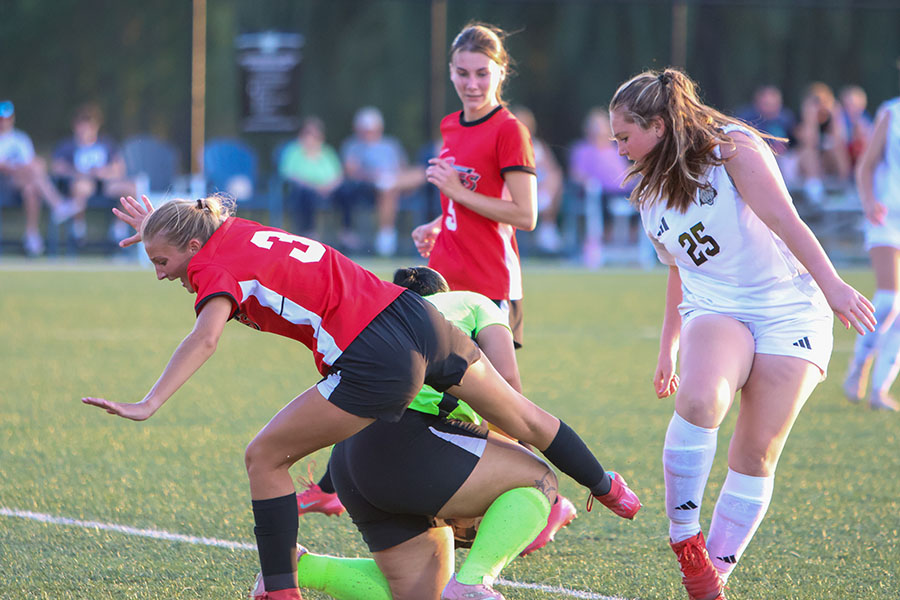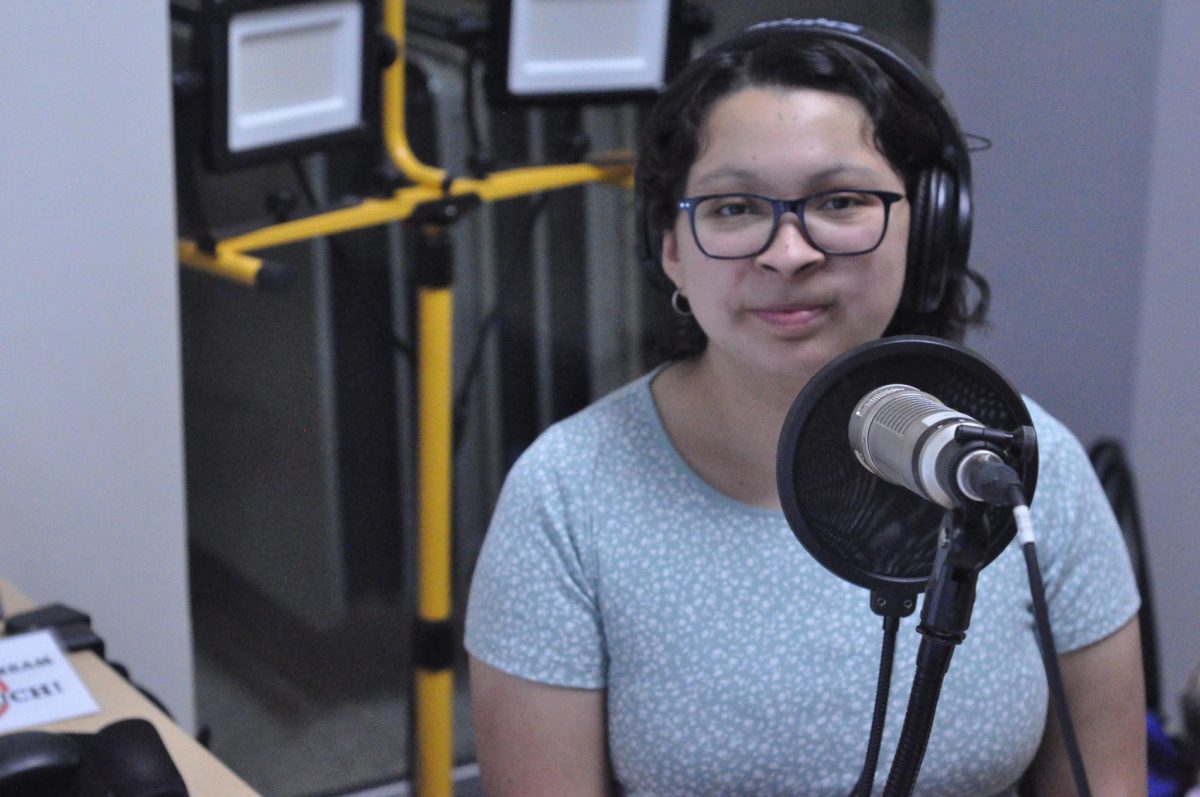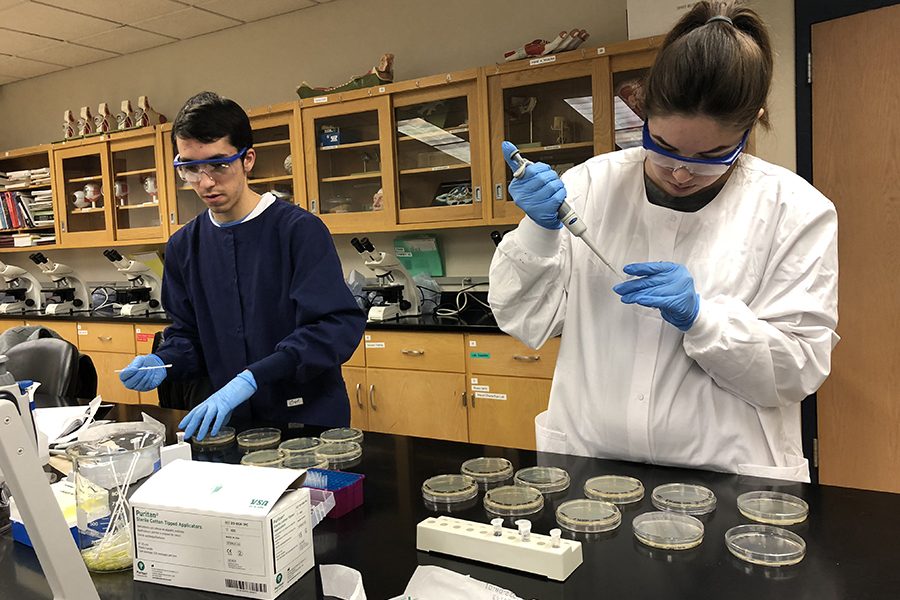Searching for new sources of antibiotics
Biology students Nick Wagner and Stela Braimllari preparing to plate their diluted soil samples on a nutrient medium to grow soil bacteria.
April 17, 2018
This is the first semester of many that Madison College will be involved in the search for new sources of antibiotics hidden in soil samples. The biology students who are working hard and applying their knowledge to his search are involved in the Small World Initiative (SWI).
Jo Handelsman, who is now the Director of the Wisconsin Institute for Discovery at UW-Madison, brought the SWI idea to attention at Yale University. Biology instructors Kit Carlson and Beth Behr became aware of the opportunity and immediately wanted to explore how they could implement it into their curriculum.
“I’m a huge advocate of research in the classroom, so it was a perfect fit,” smiled Carlson.
There are about 300 additional schools around the globe that are involved in this project and are trying to make a difference in the world. It is an honor that Madison College will be one of those schools able to addresses this worldwide threat of antibiotic resistance and work to hopefully uncover new discoveries.
“Antibiotic resistance is a huge problem, and in the United States, about 30,000 people die a year from infection caused by bacteria that were resistant to antibiotics… so as a human health crisis, this is only going to continue to be problematic unless we make new discoveries,” explained Carlson.
Carlson gave her students the opportunity to either write an analysis paper or participate in one of a couple different research projects. Carlson’s face lit up while she said, “two thirds of the class were lining up at the front of the room telling me to sign them up for the small worlds project. I think that they liked the idea that they could be a person that helped make a discovery like this. They understand how serious antibiotic resistance is, and it just makes sense that there are other antibiotics out there, and it’s just a matter of finding them.”
The biology students began their research by venturing out into the world and collecting any soil sample that they wanted. From there, the students recorded their GPS coordinates, the characteristics of the soil, and basic information, like its PH balance. It is important for the students to accurately record that information because it will later go into a global database. This database holds information that will allow further exploration if the sample happened to contain new sources of antibiotics.
While looking at the soil, the students will be able to know if they found something based on whether or not they see a zone of inhibition. When there is “bacteria that produces an antibiotic for another bacterium, you will see something that’s called a zone of inhibition – a region where nothing is growing because it is secreting antibiotics,” explained Carlson.
If the bacteria are indeed producing an antibiotic, the students will grow up the bacteria and then extract the antibiotics from it. “Since it is so new, we [SWI] haven’t made any new drugs, yet, but I do think it is just a matter of scratching enough lottery tickets before someone will make the discovery.”
Luckily, for the students, they will know by the end of the semester if anything they uncovered has the potential of being a new source of antibiotics. This project is important because “when we can use research in the classroom, students are more engaged, they get better grades and feel more connected in a lot of levels,” said Carlson.
Next semester, Madison College’s biology students will continue to work with SWI, but in a different way. Regional high schools and their students will be seeking out the soil samples for Madison College and then sending them to the school. Madison College’s students will continue to talk with the students in which they received the soil samples from so that they too know the progress in the potential discoveries. “We are really excited about that because that engages another audience in the process,” said Carlson.
“Madison College students deserve to have opportunities to do undergraduate research, and a lot of researching is happening at Madison College, so this is just another great opportunity for them. This experience builds confidence and it builds skills. This is student driven research, and I am so excited that our students get to participate in this,” said Carlson.

